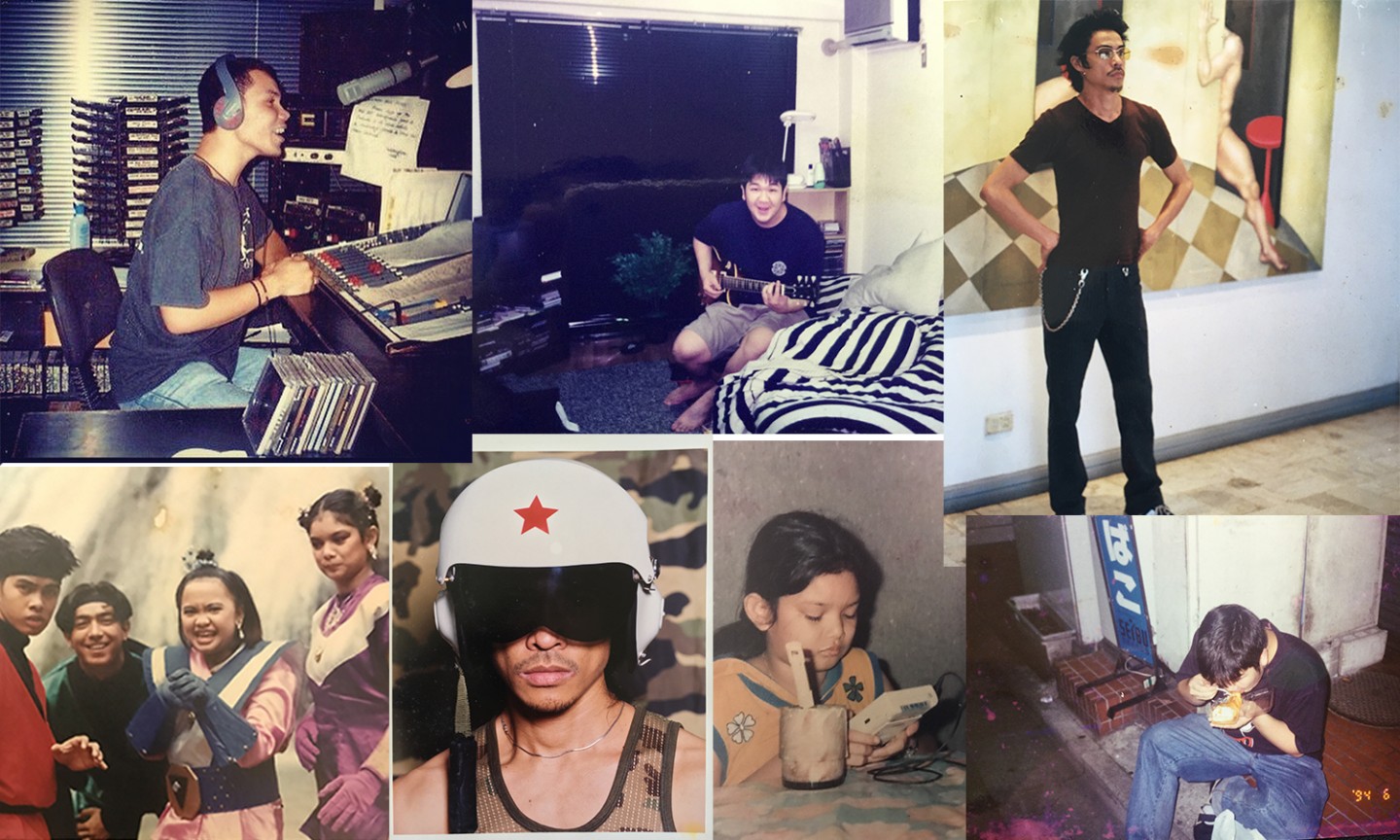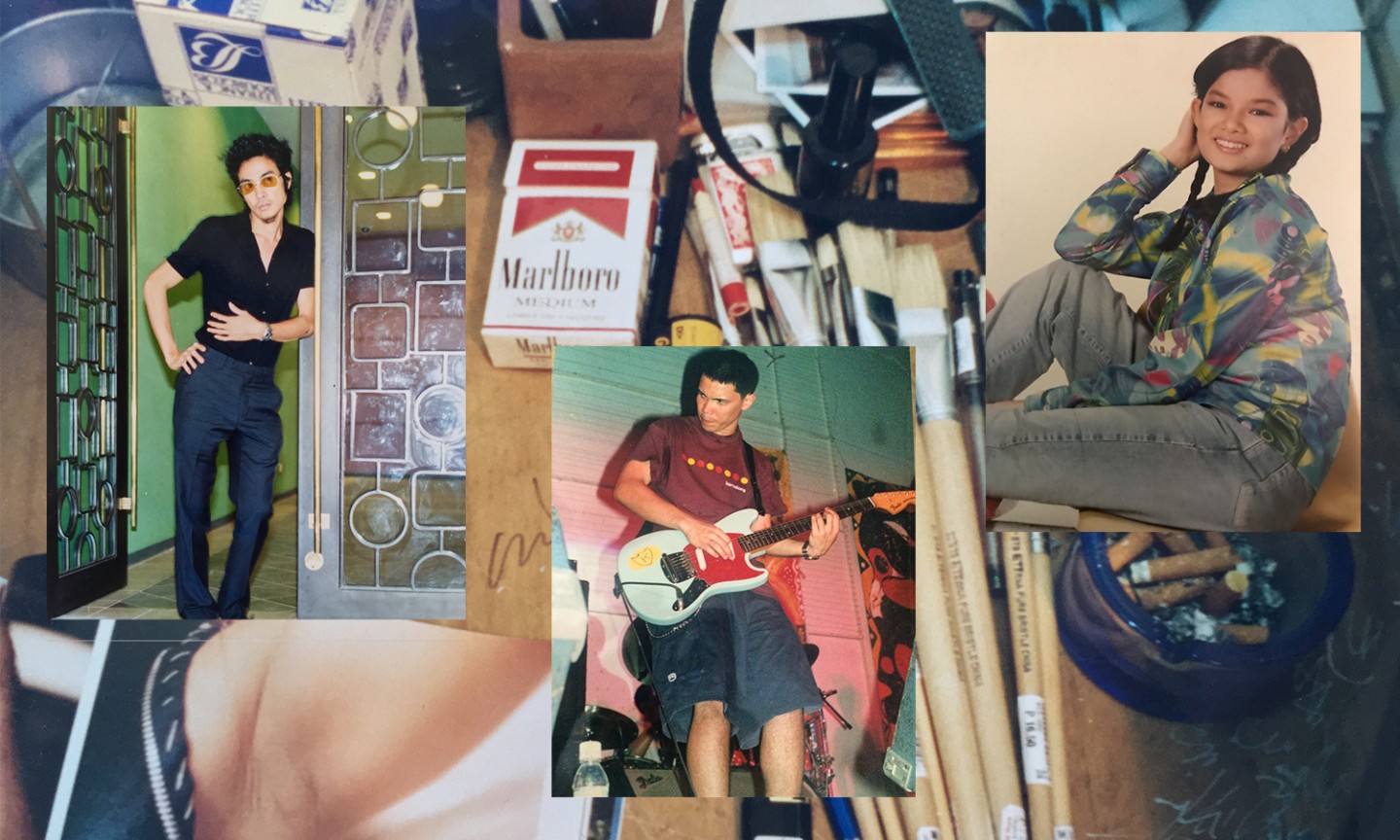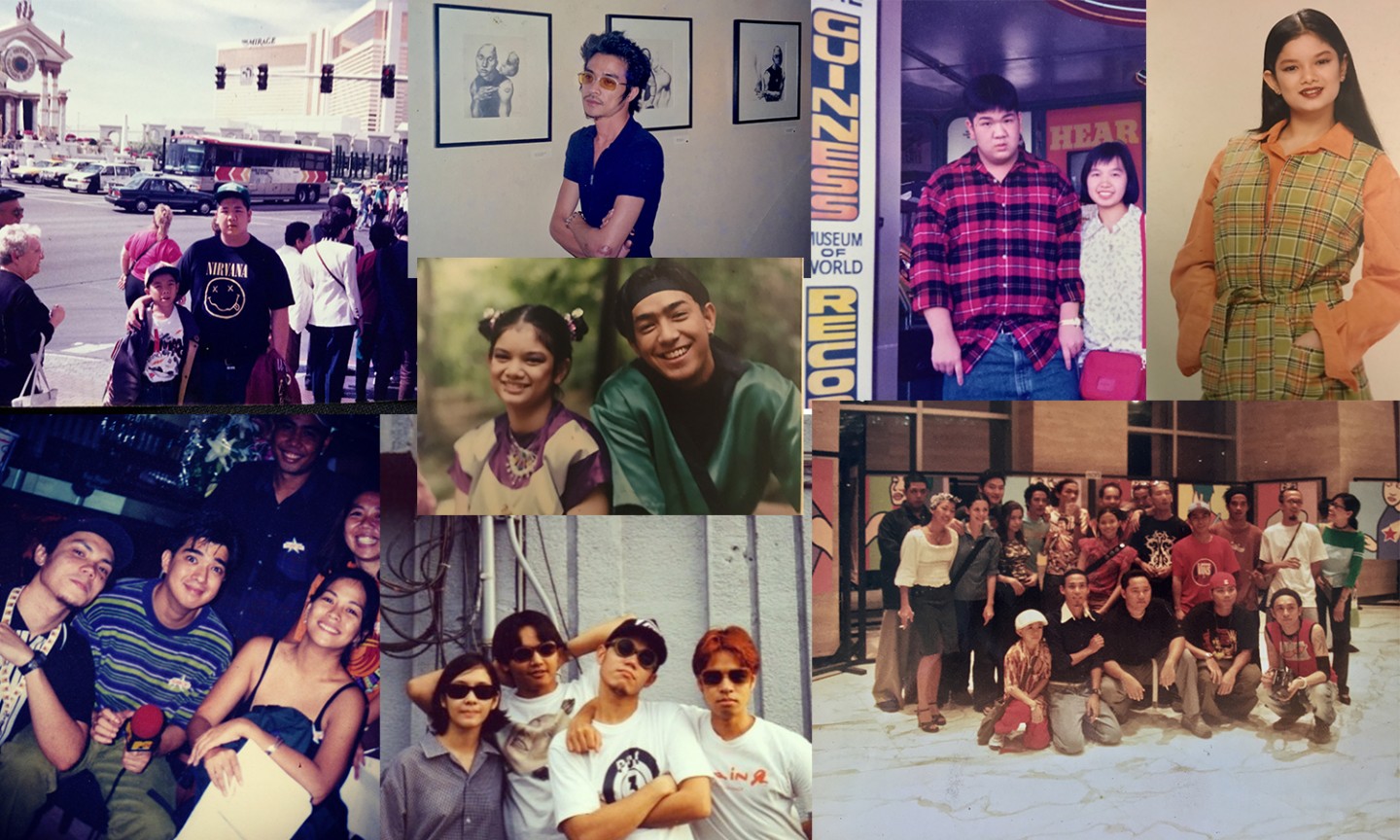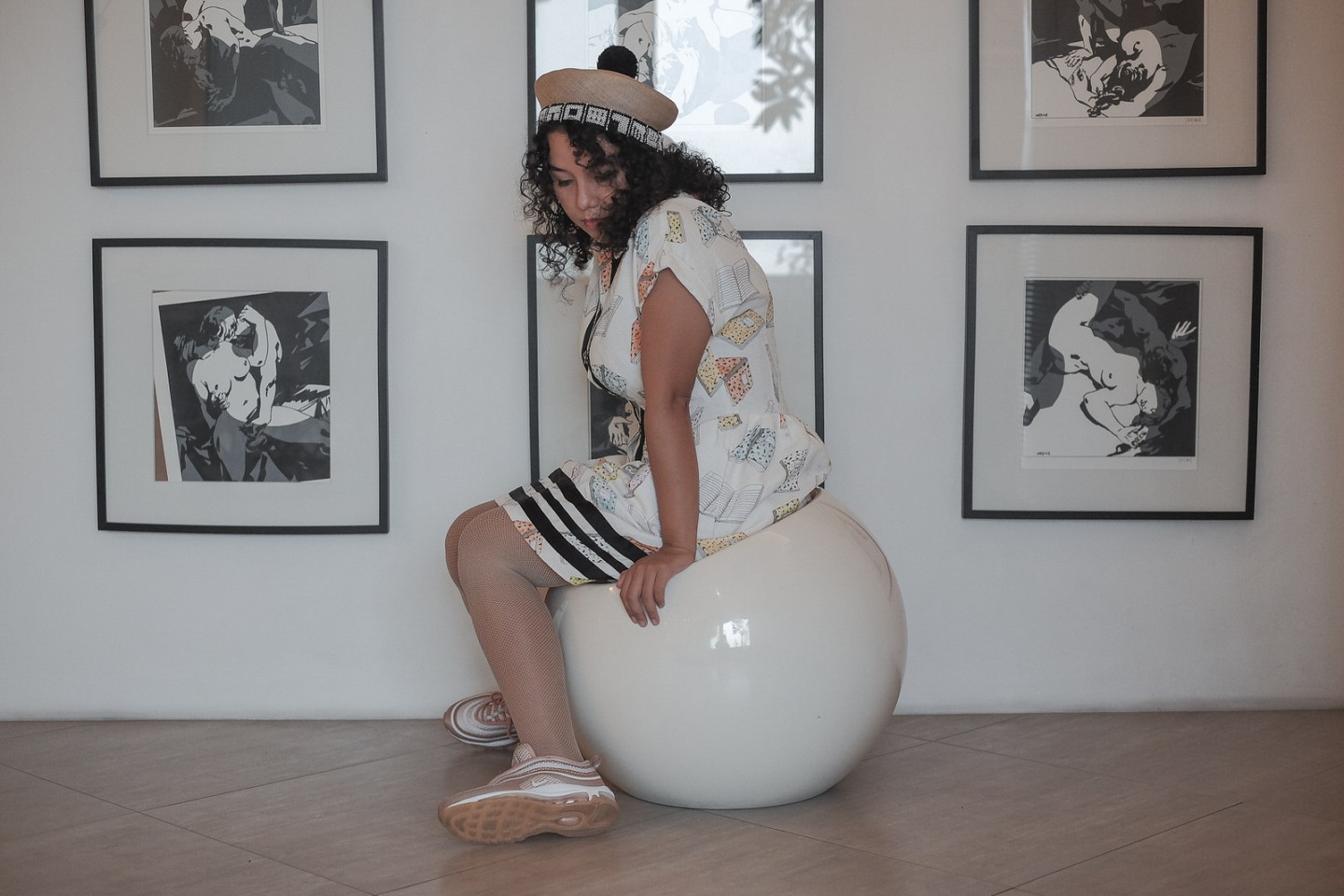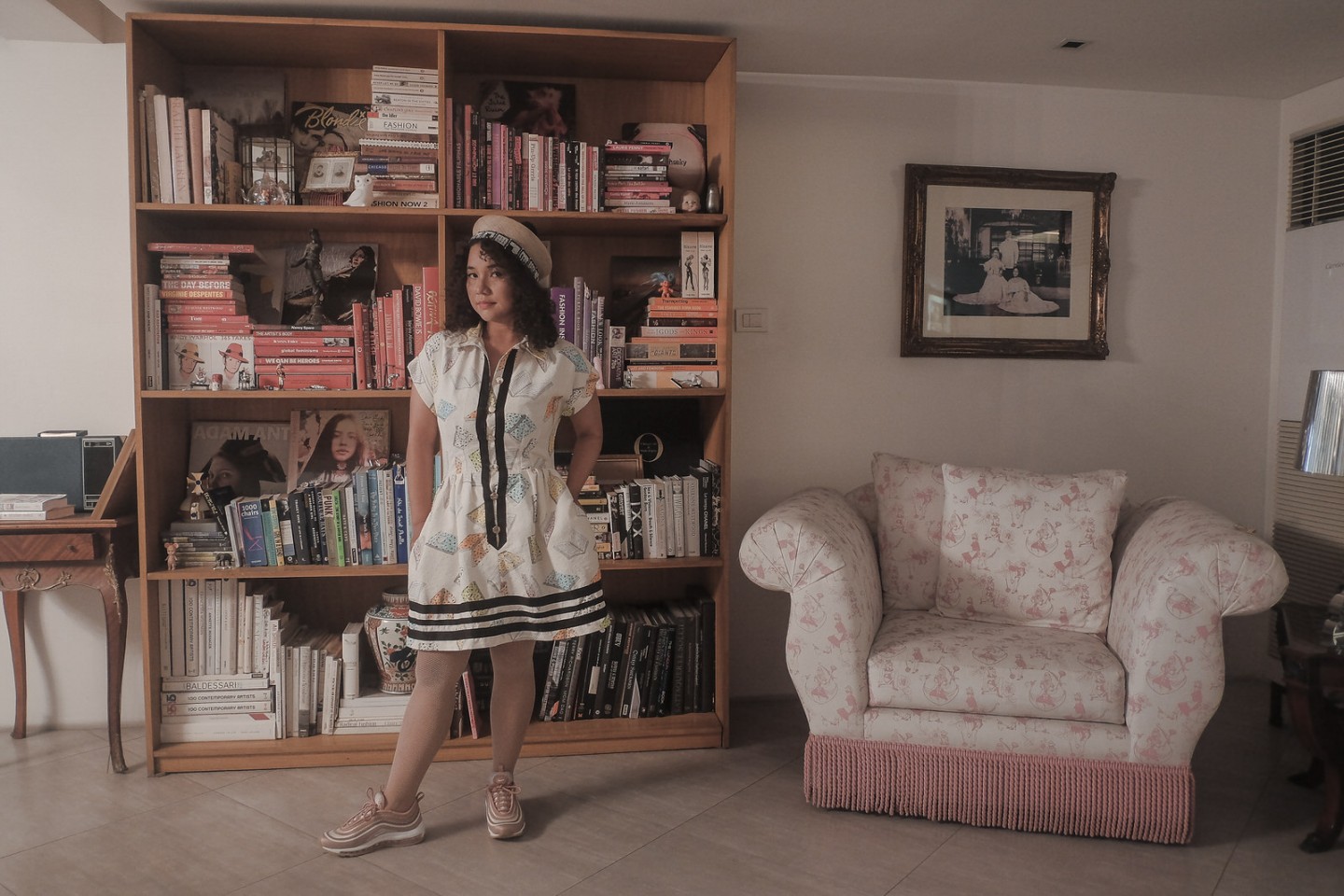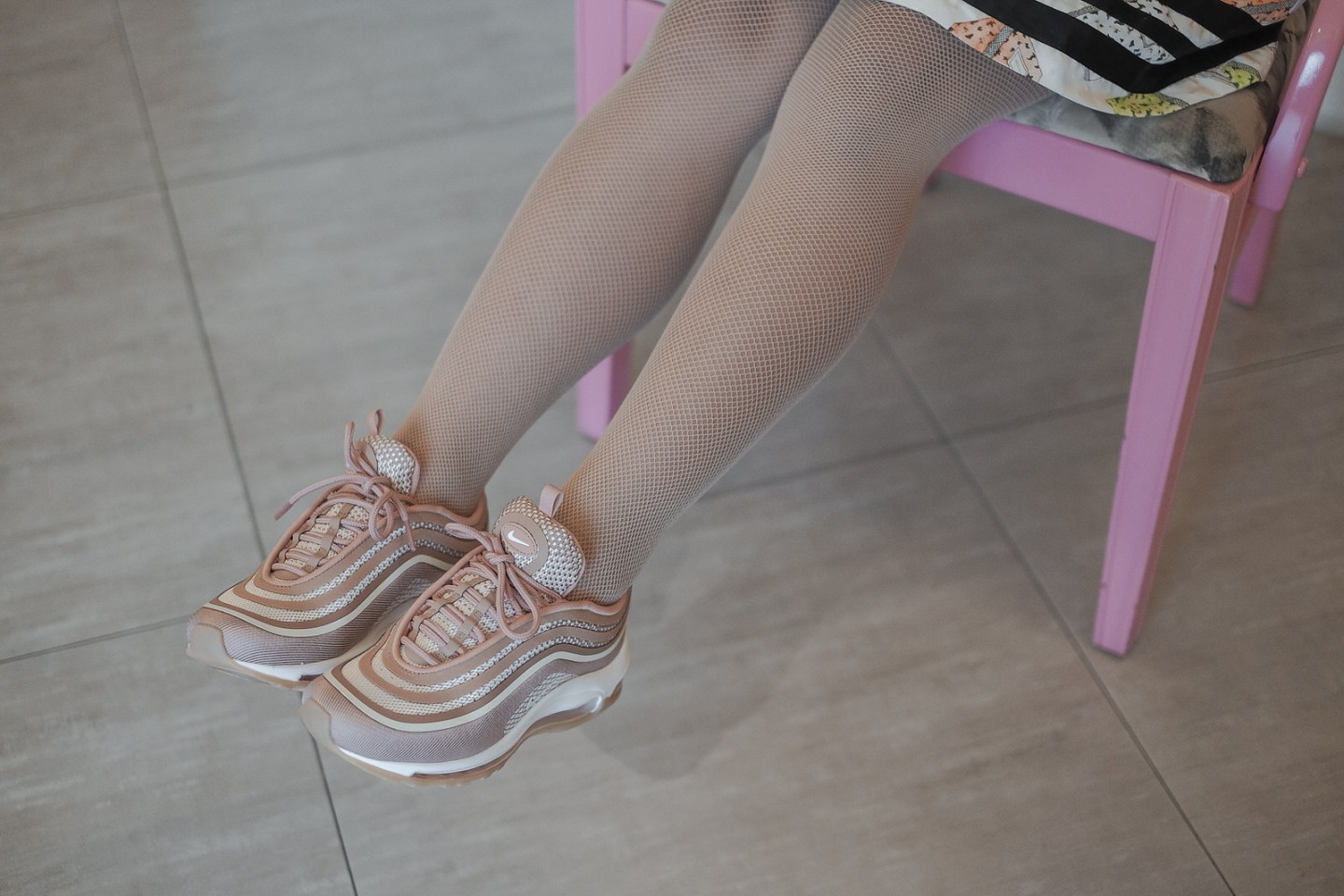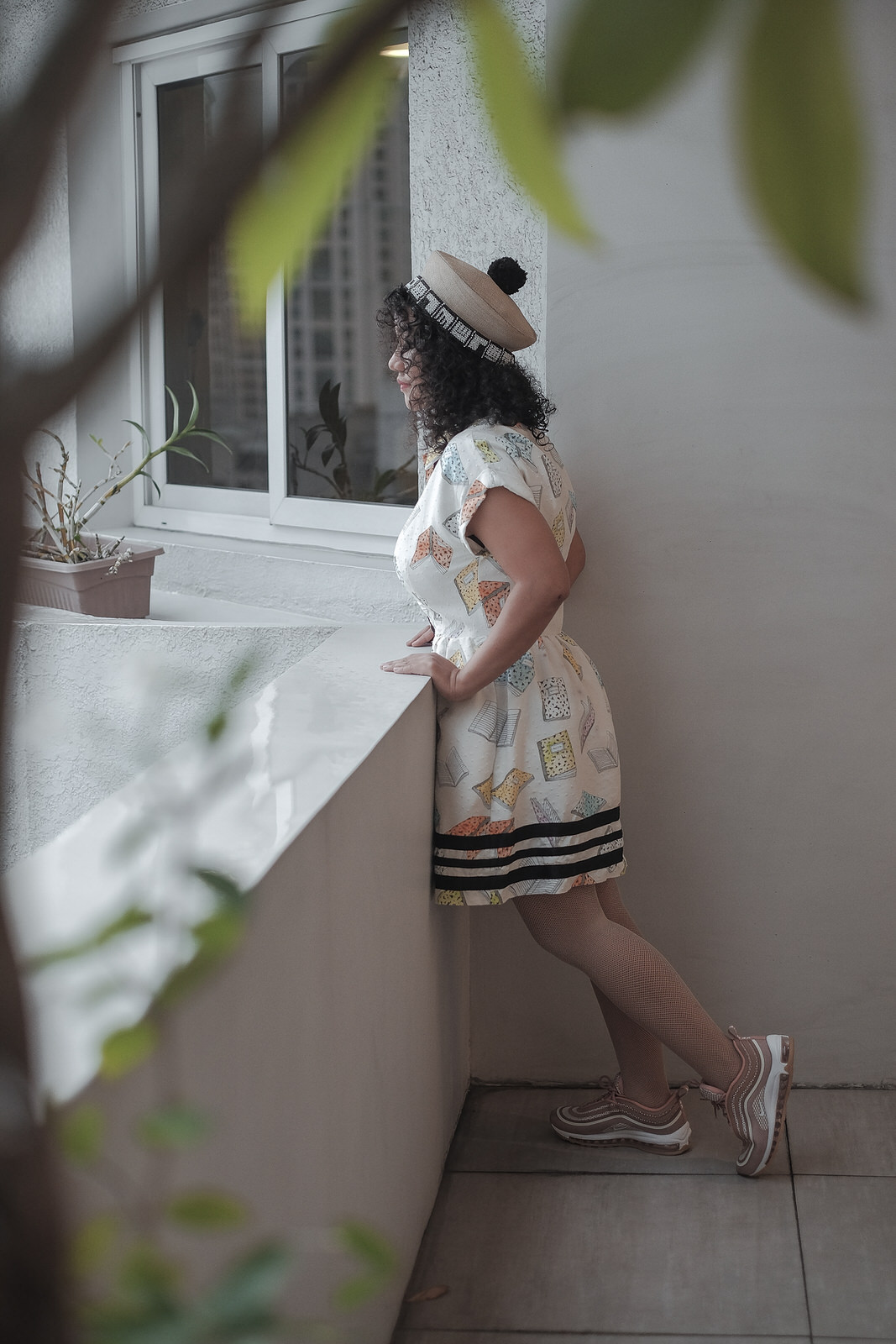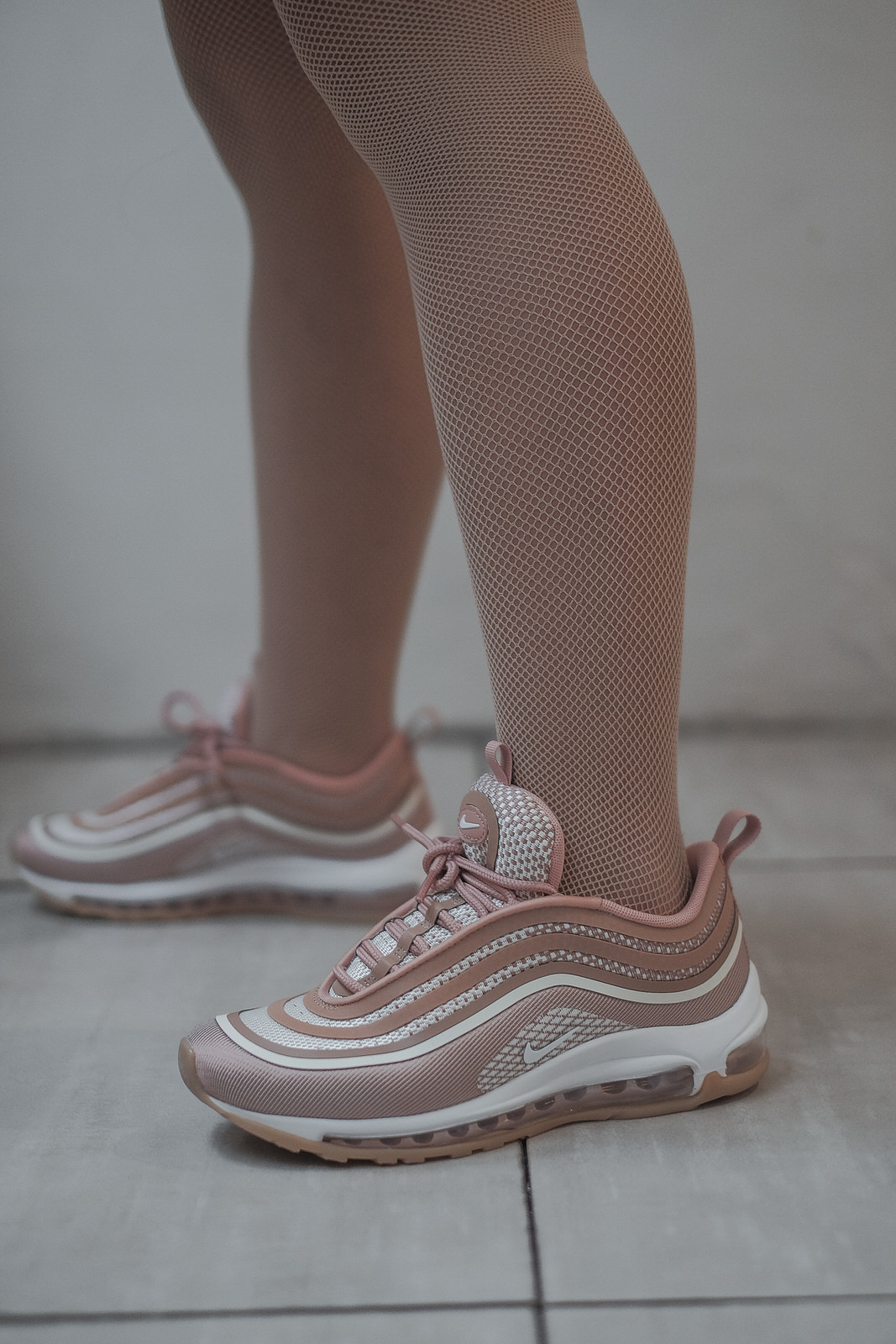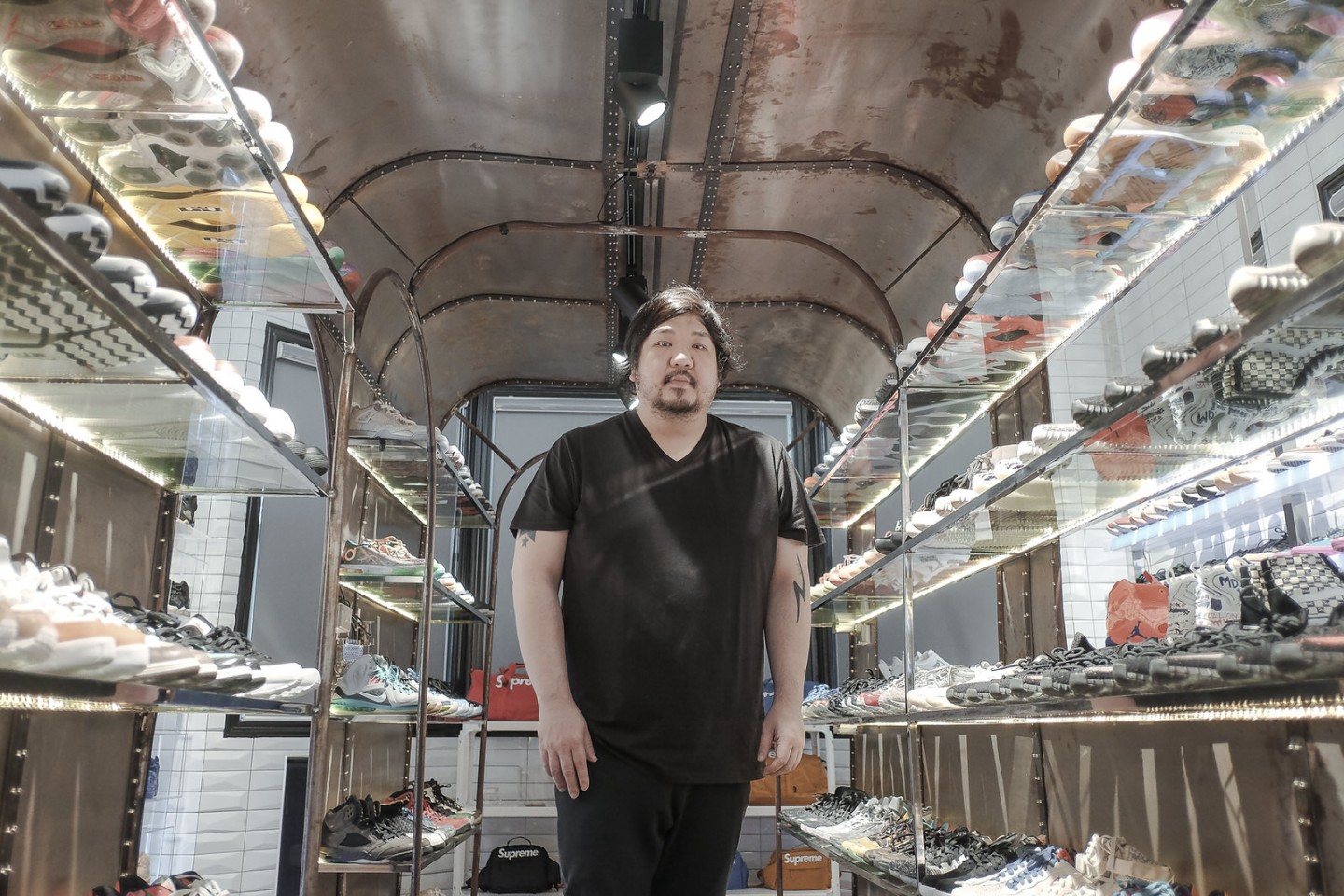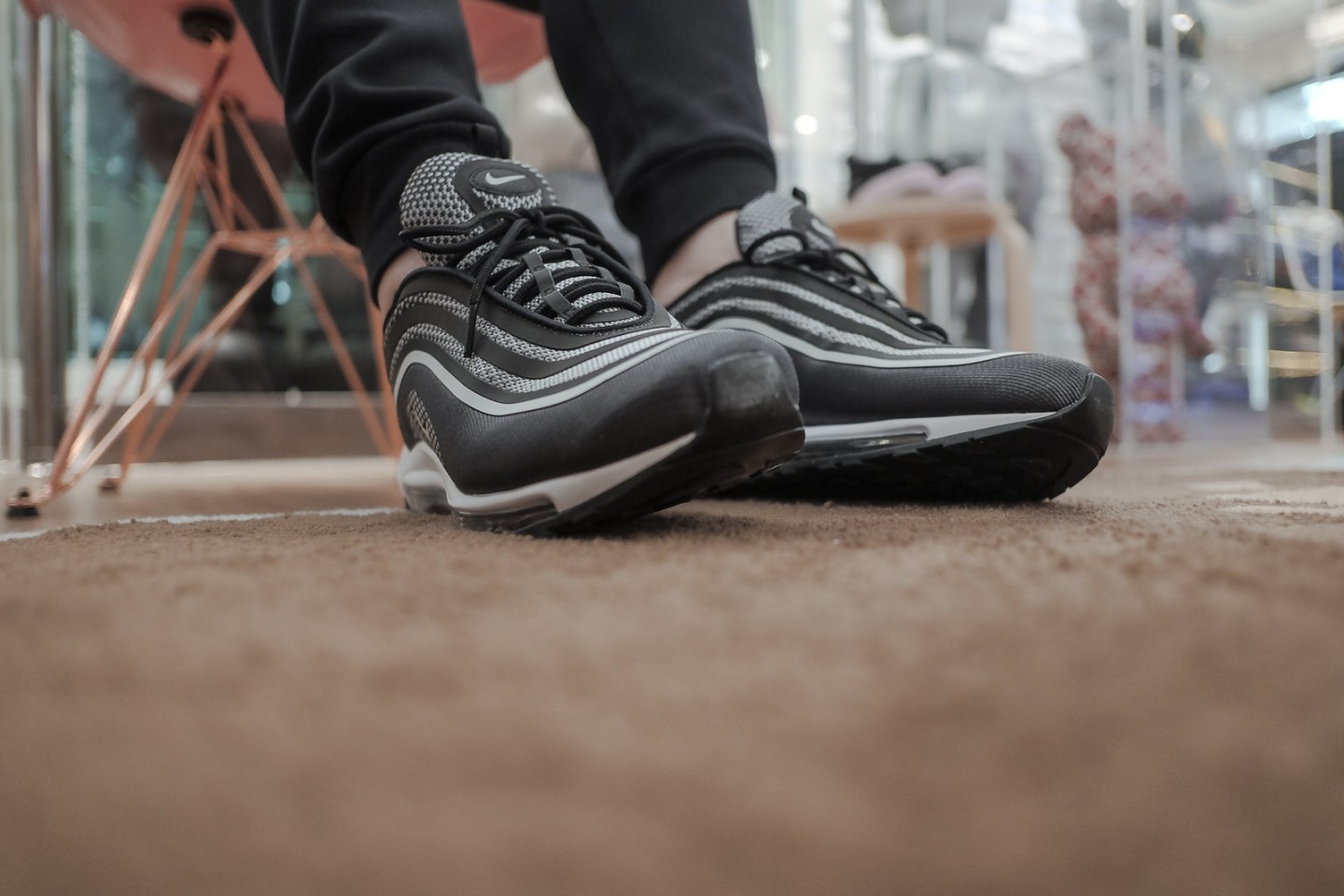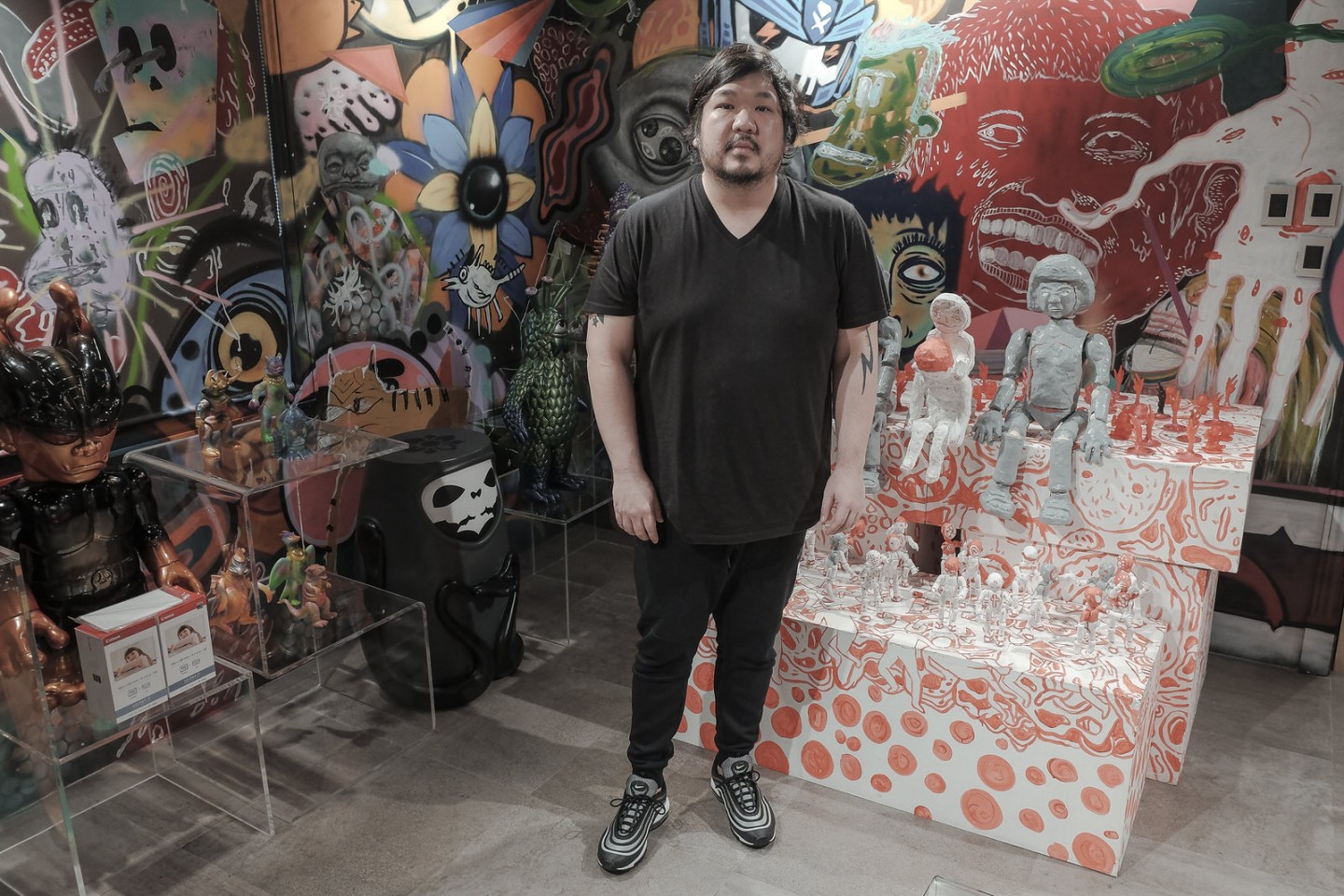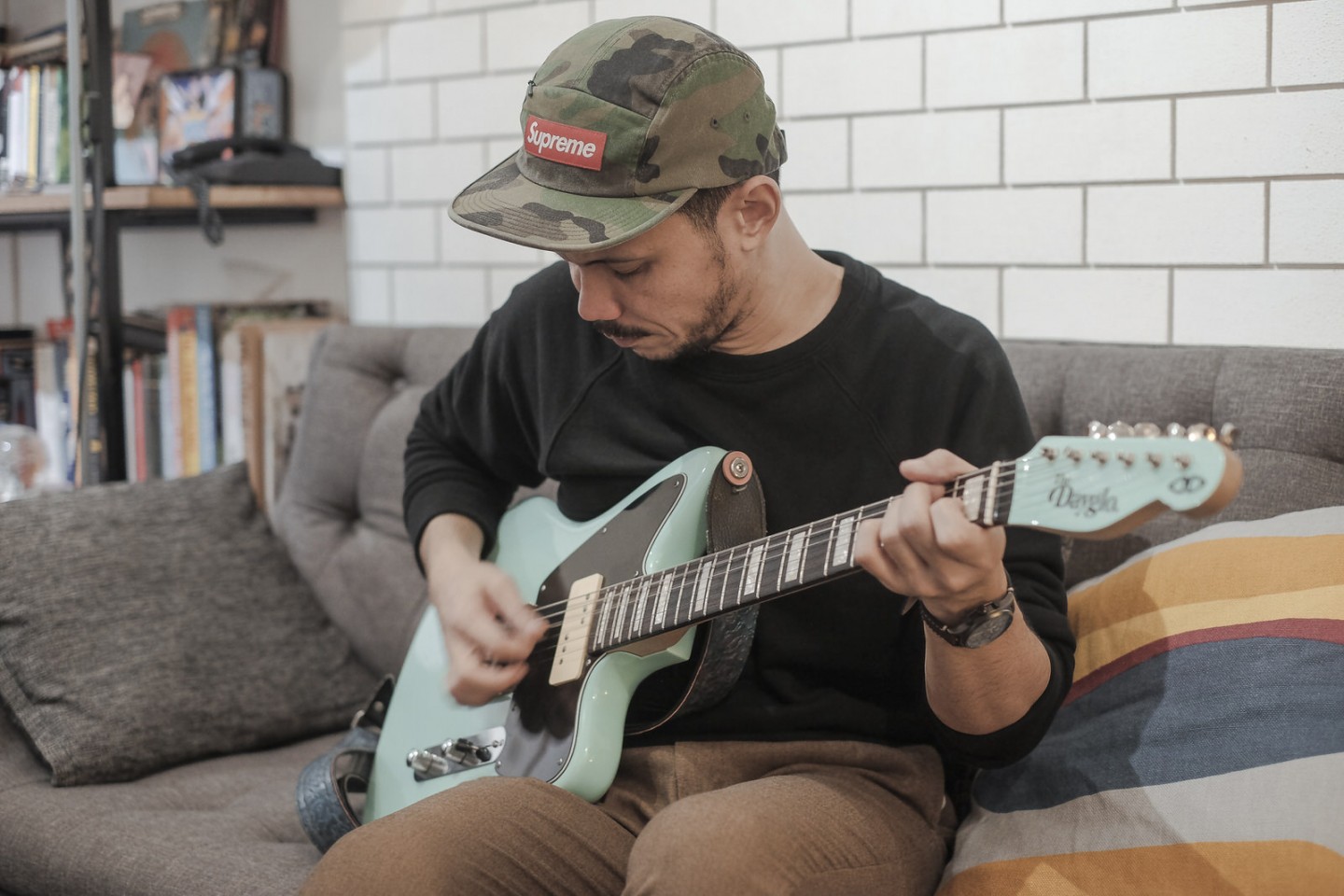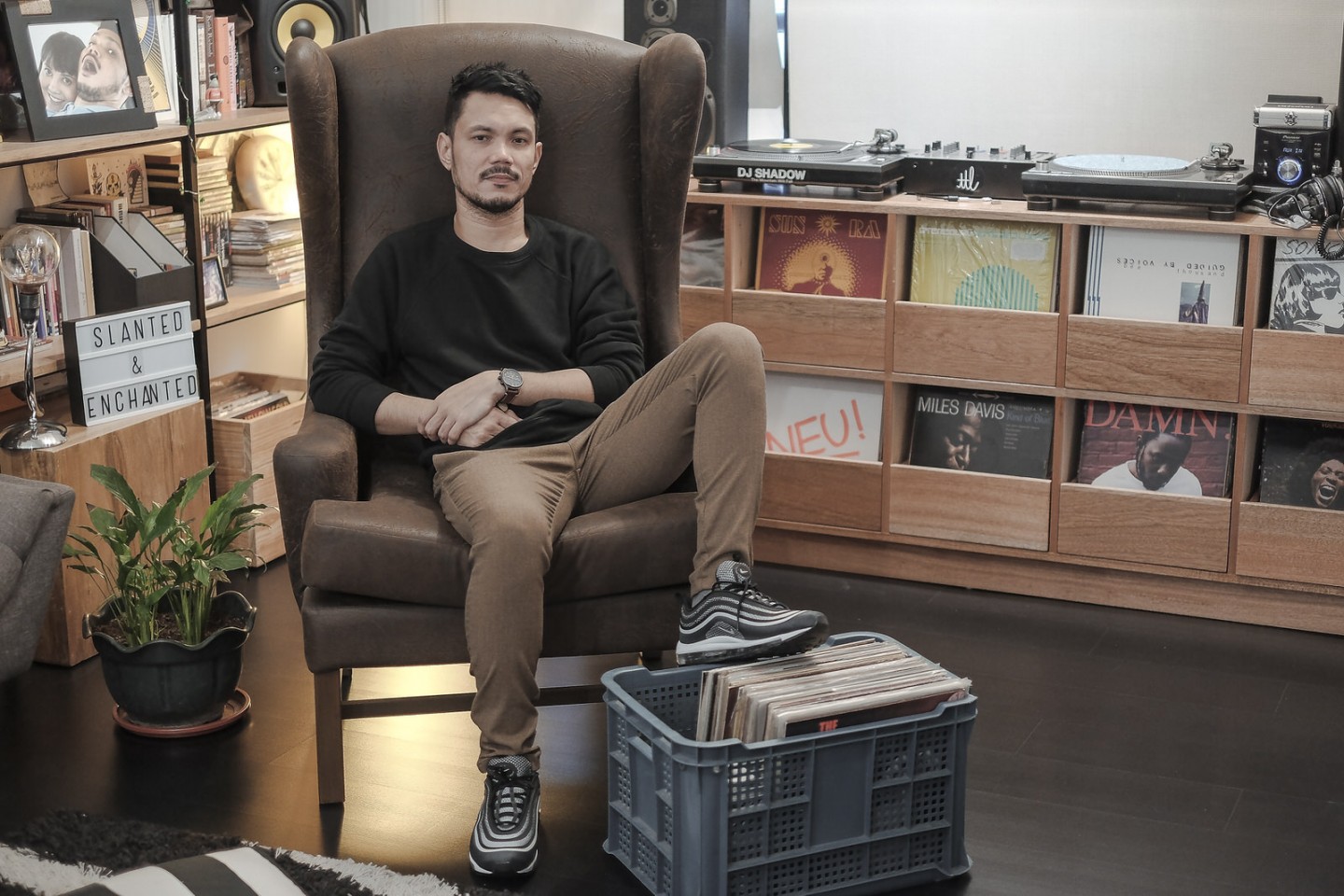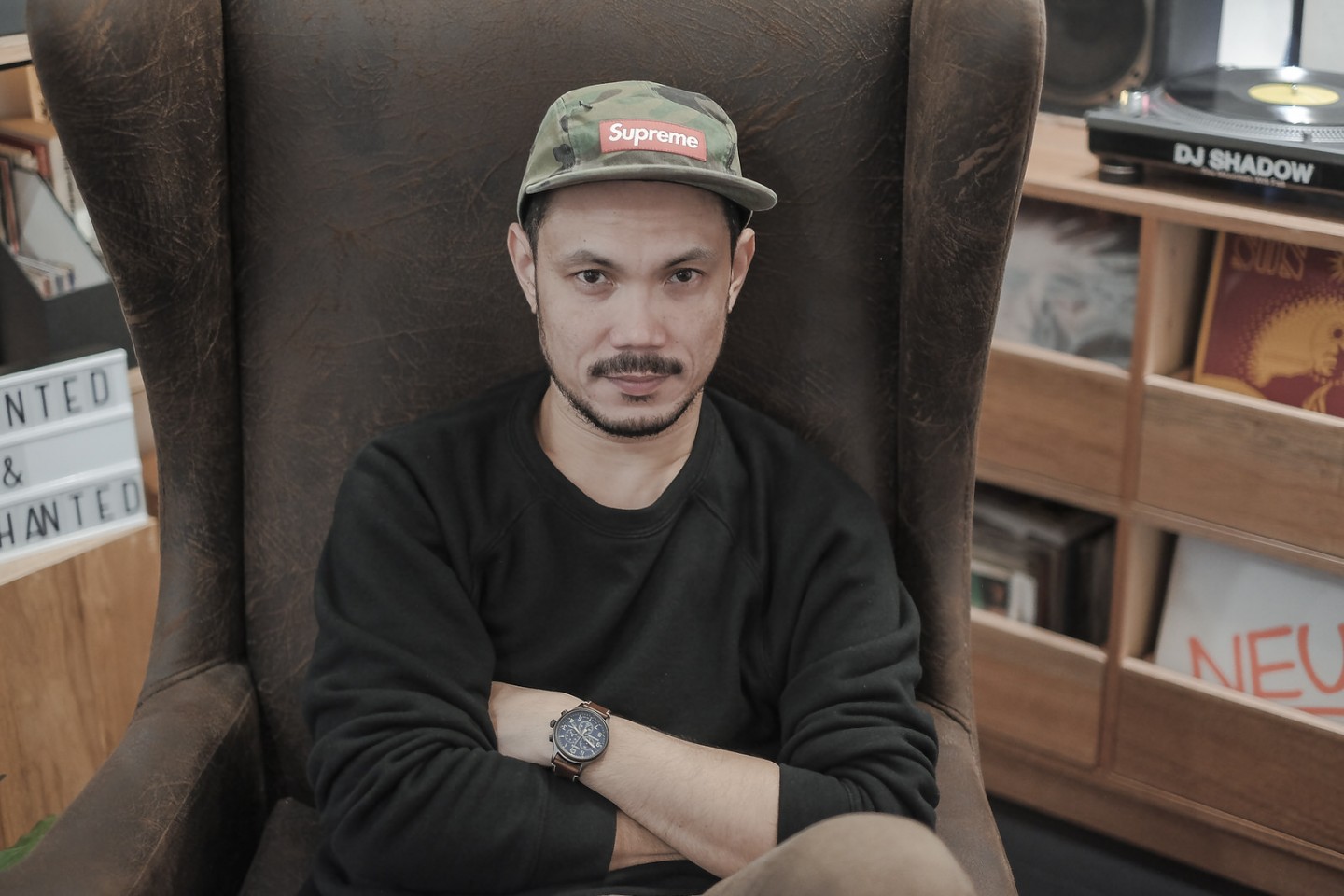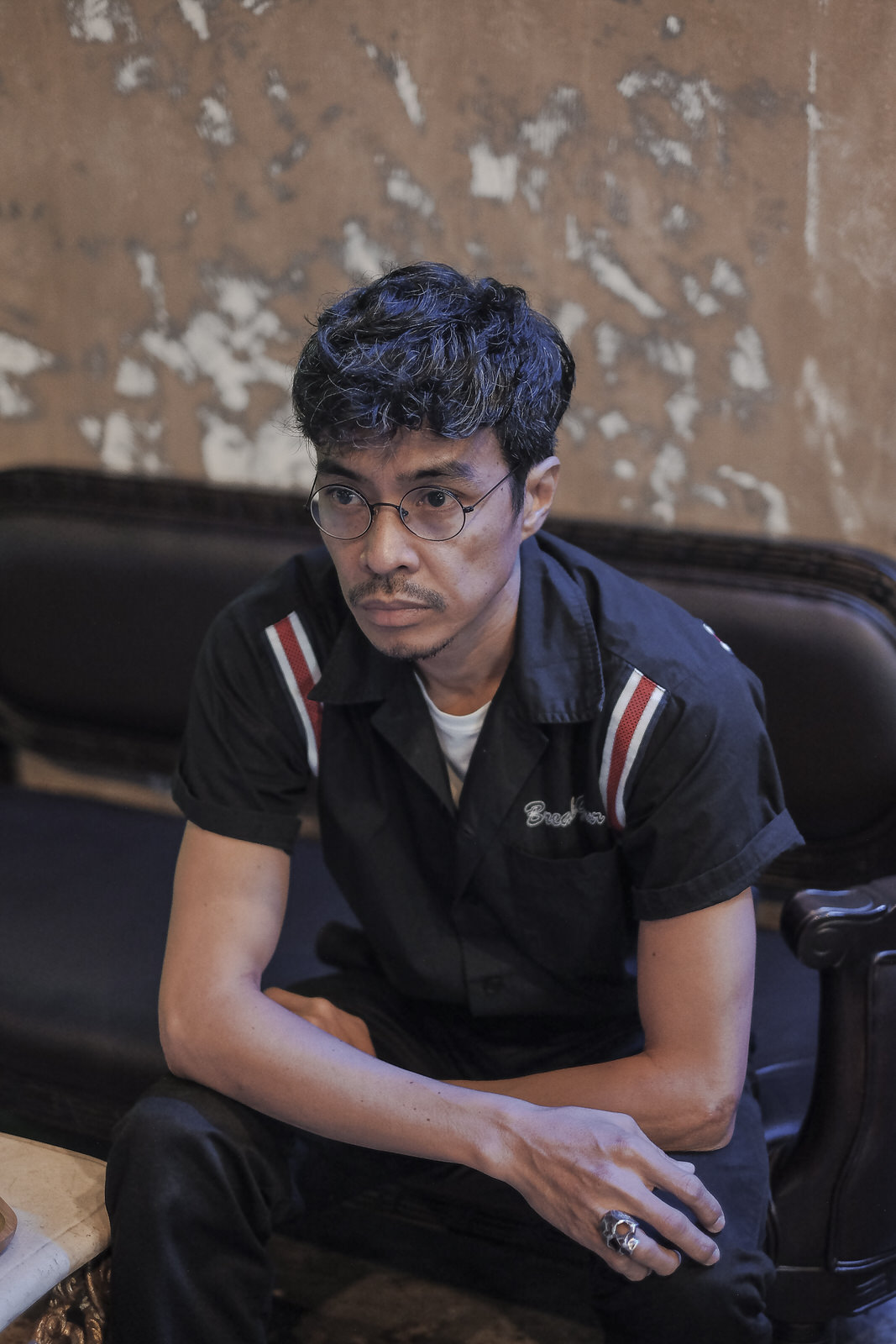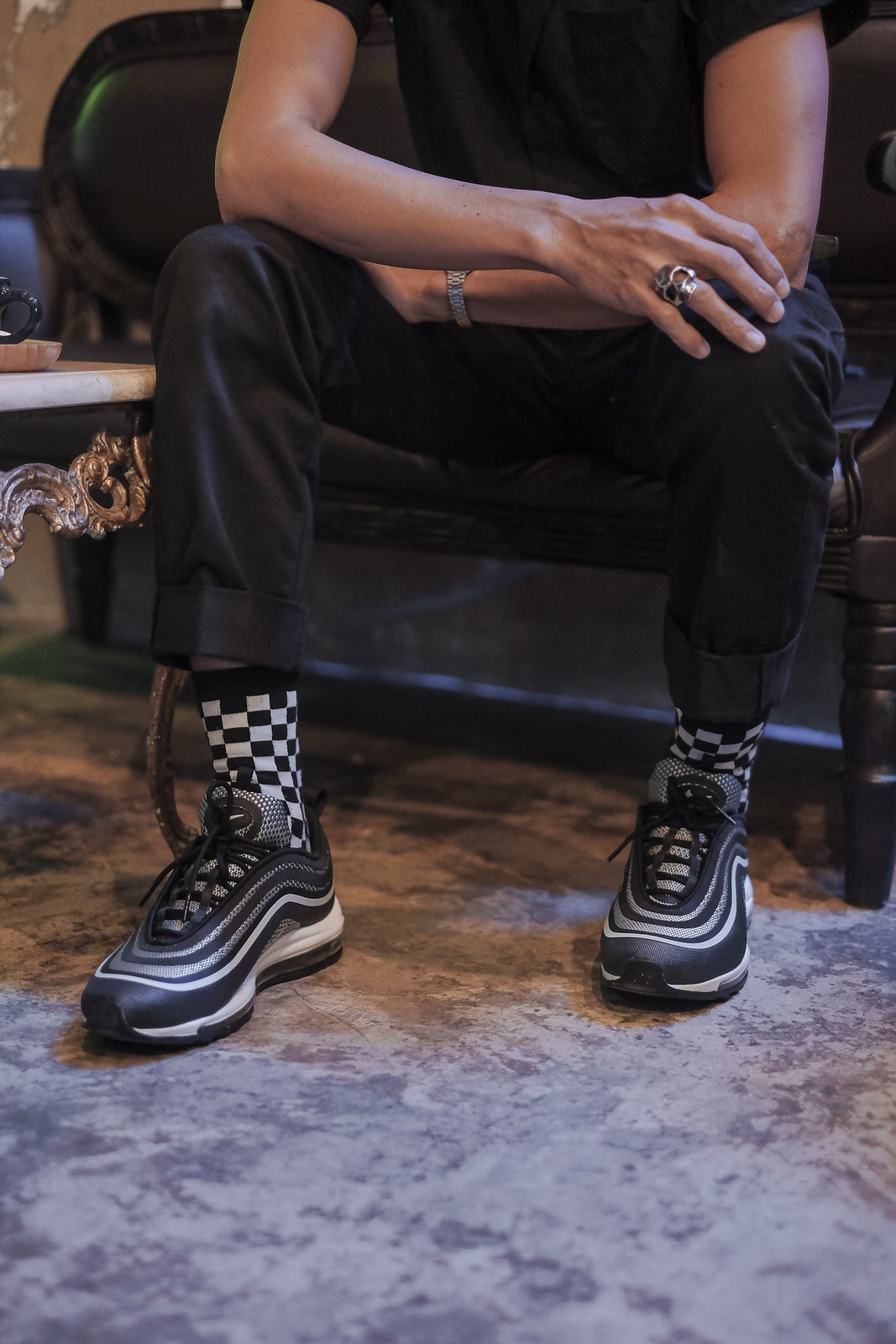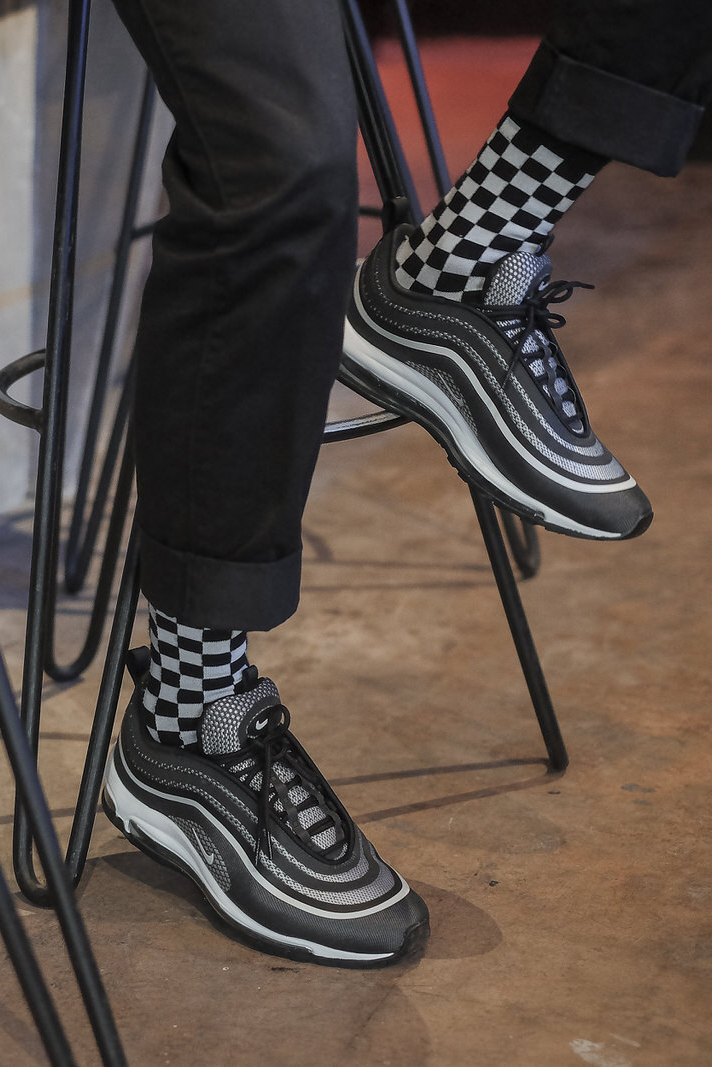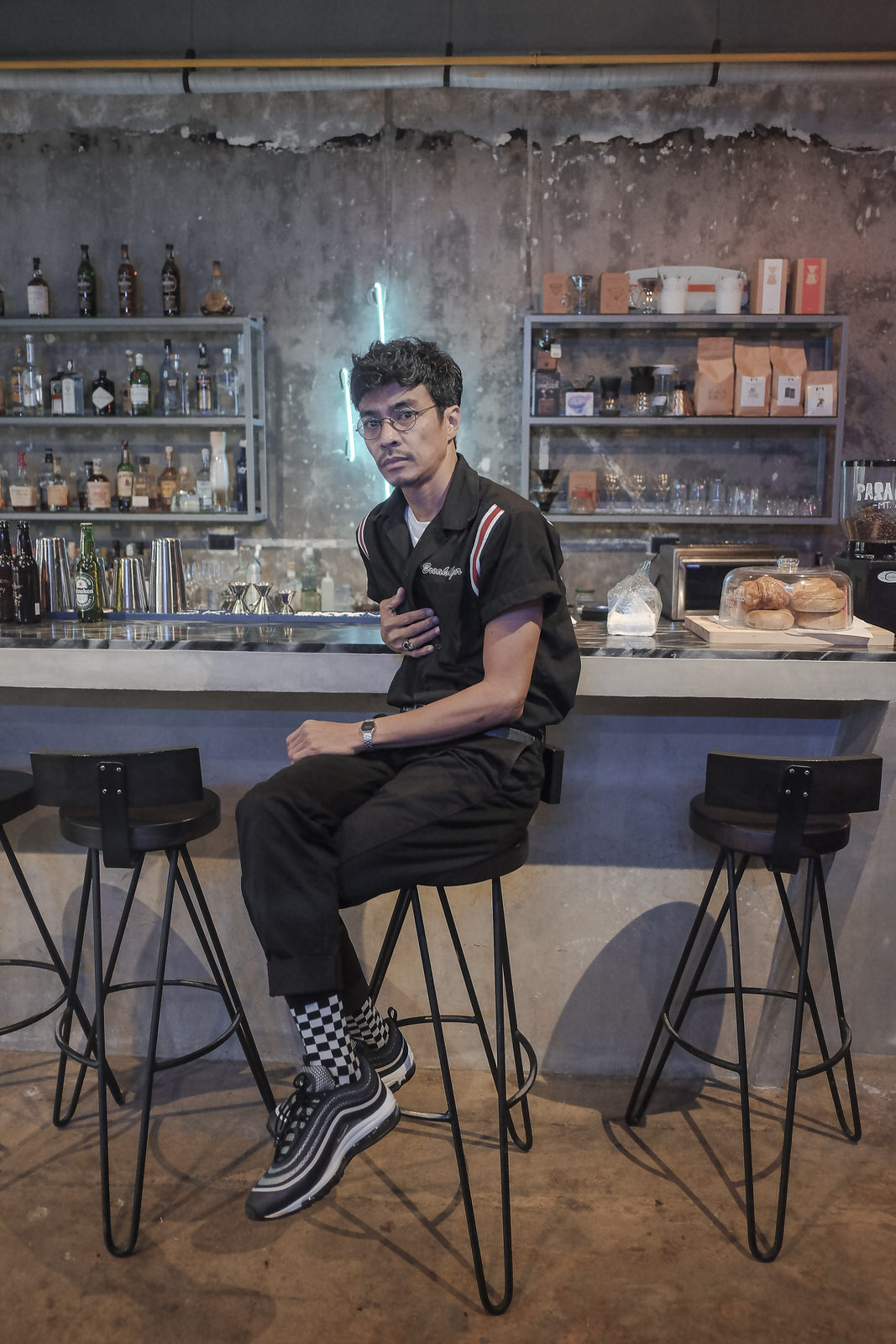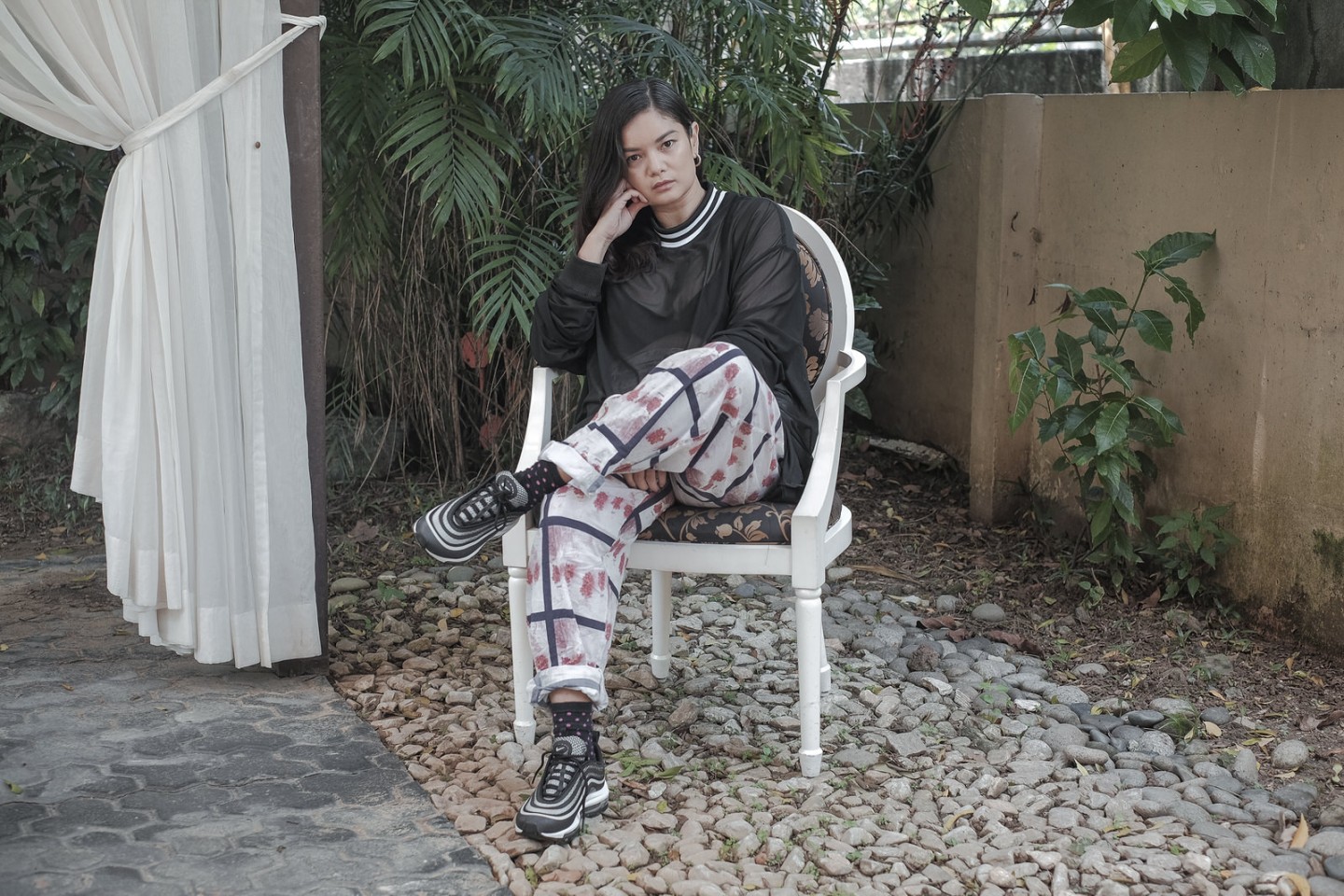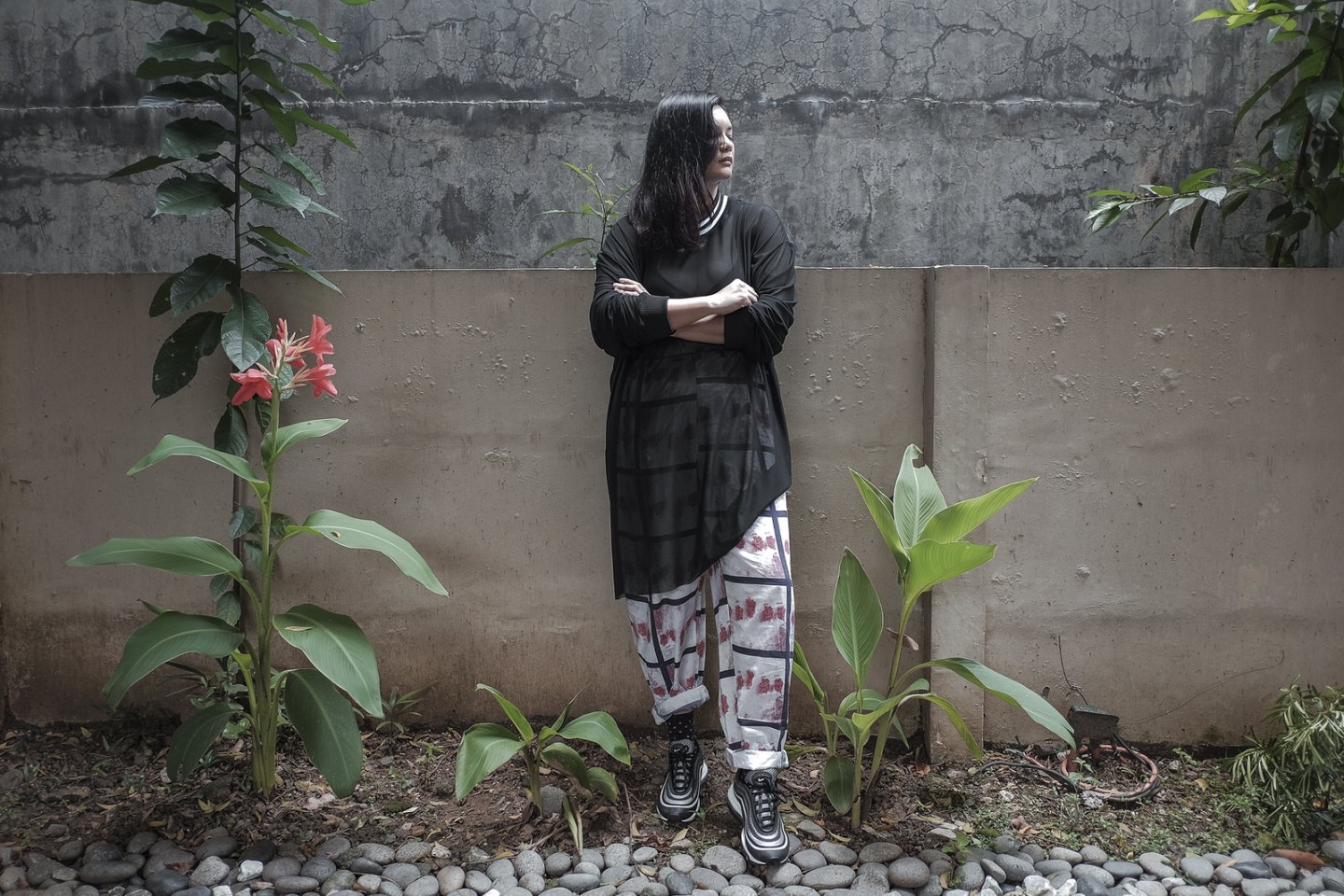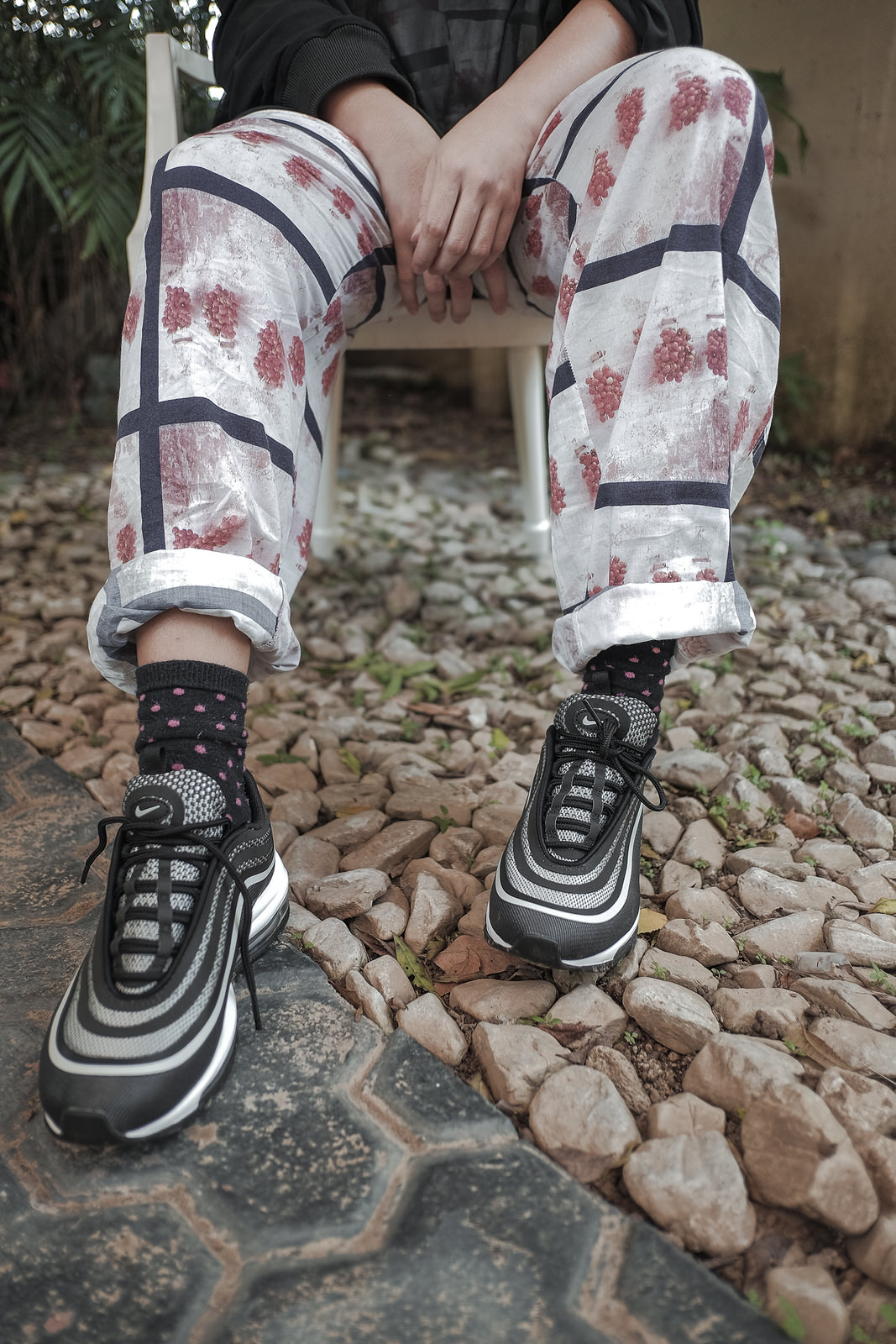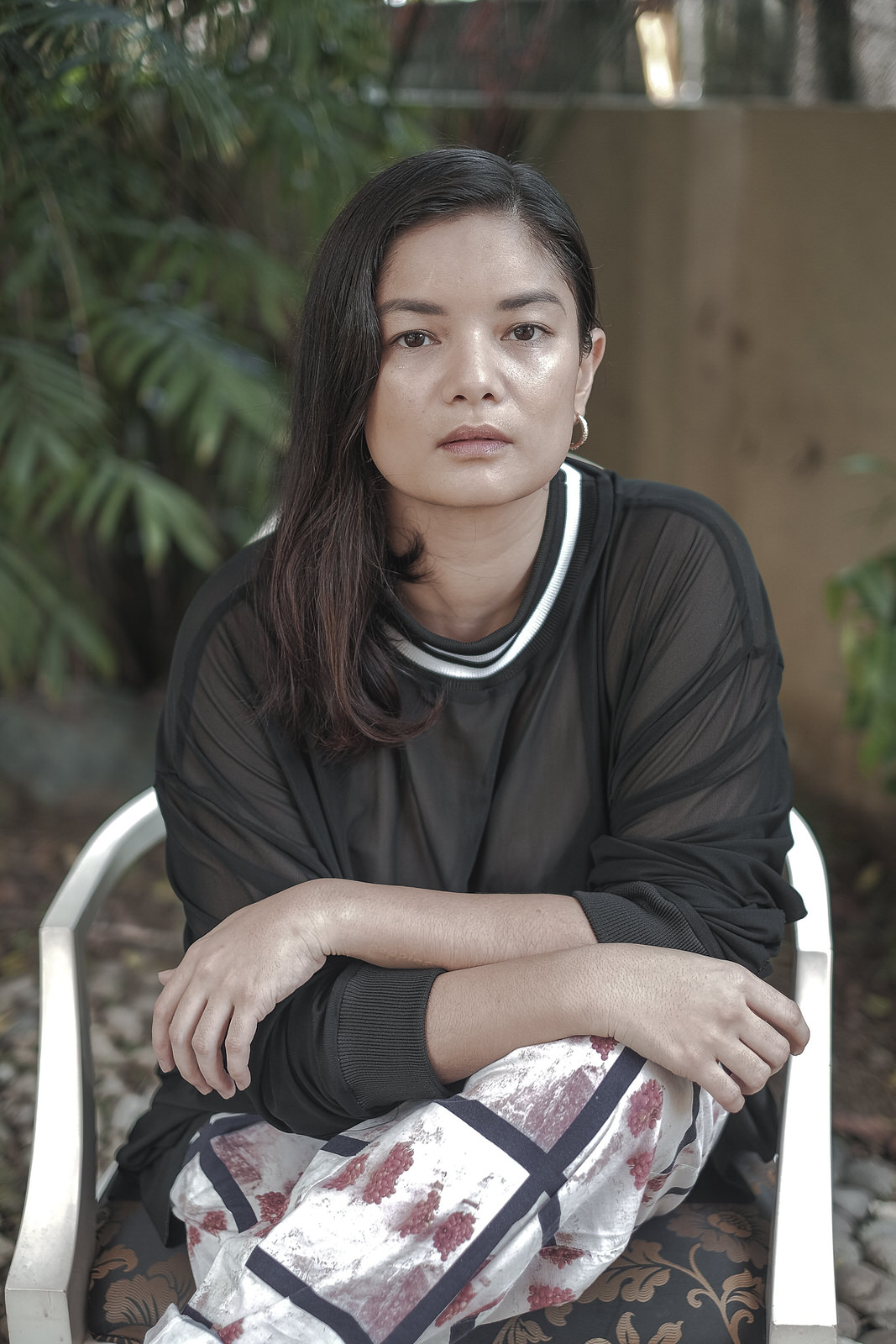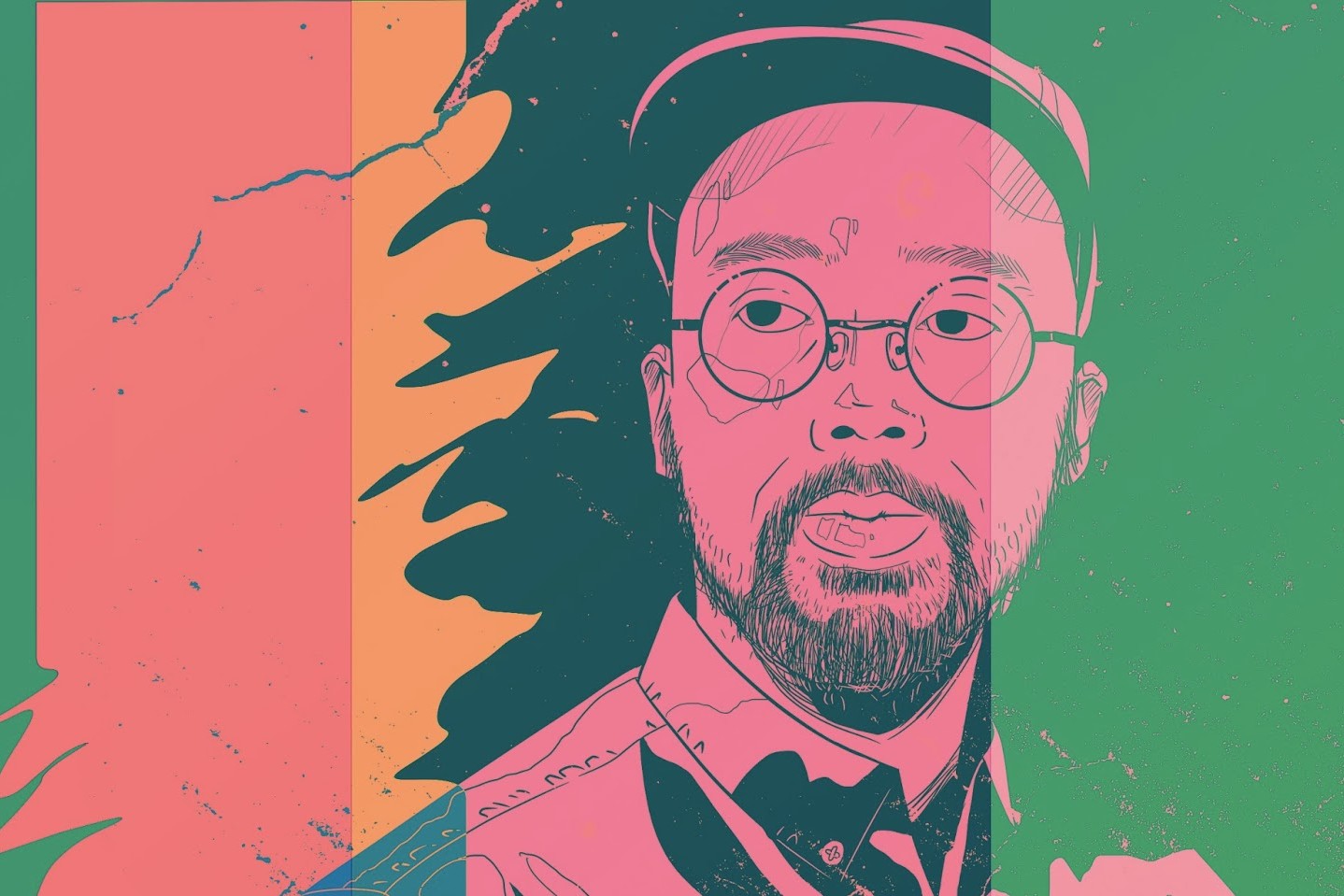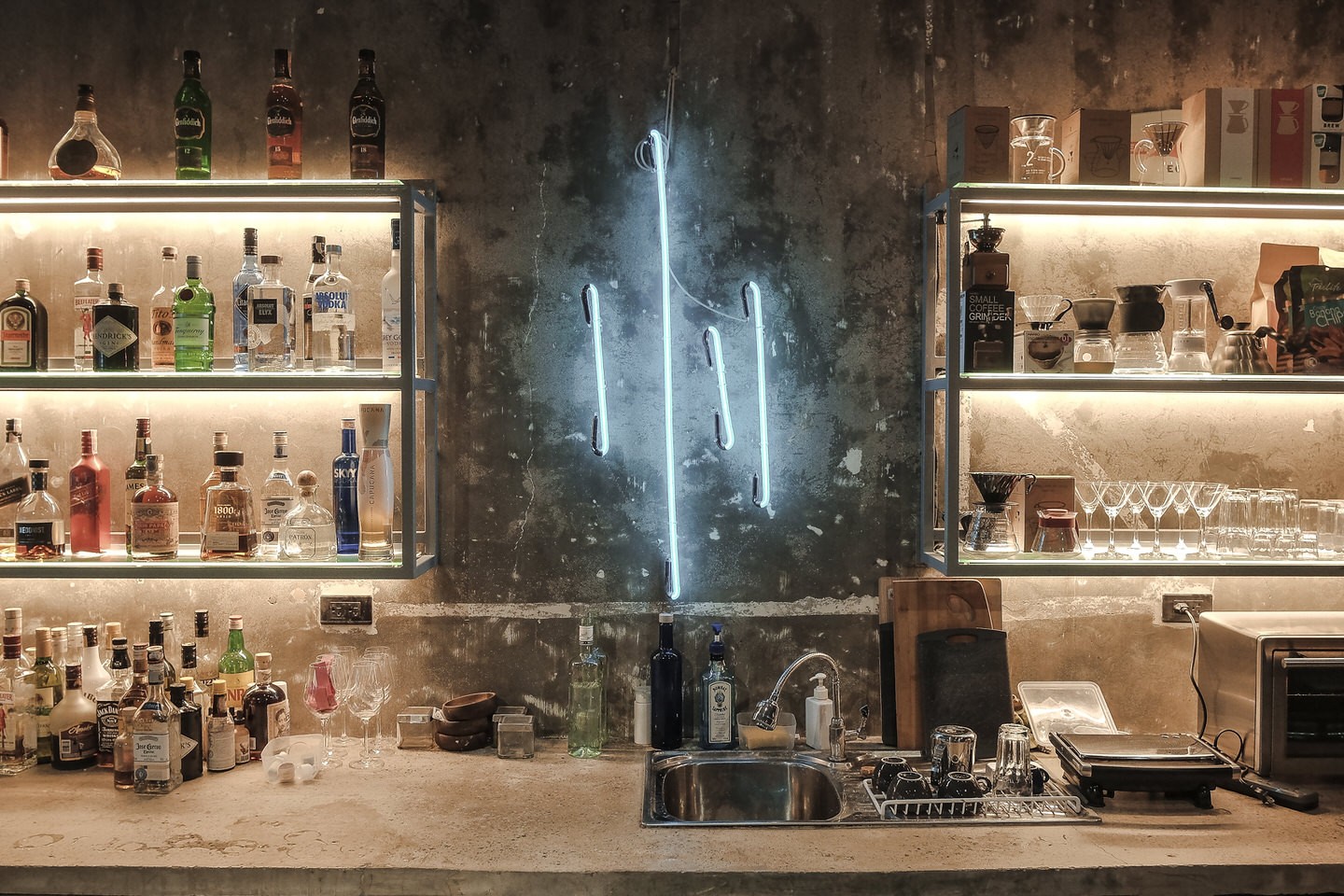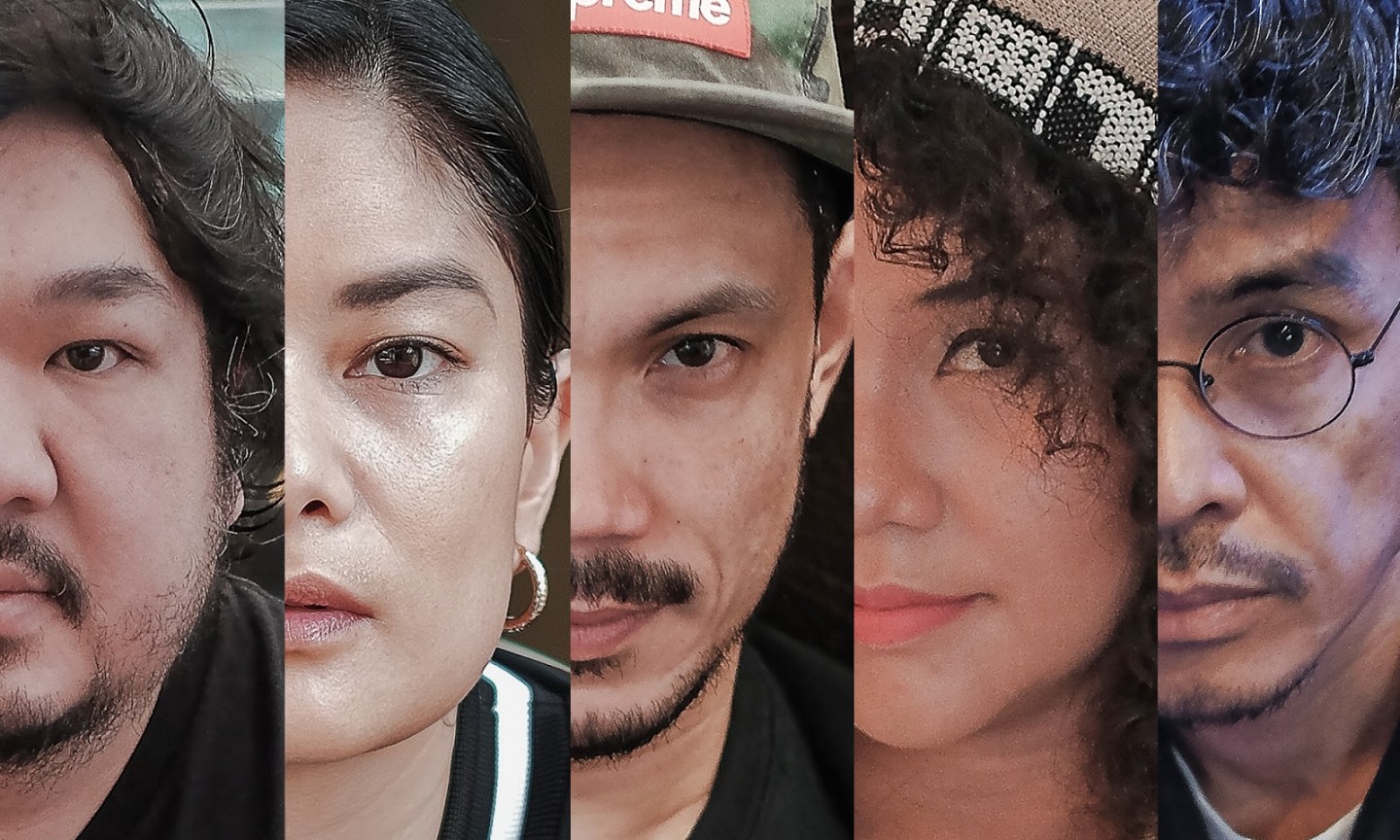
For those of us old enough to vote, the memories of the late ‘90s are a lot like watching films through VHS, transporting us to a simpler, faraway time. But for the true ‘90s kids—those who were at the peak of their youth then—it was a time of self-discovery and creative energy, the era of Tamagotchi toys, rave parties at Consortium, and Eraserheads dominating the airwaves.
It was also the time when the Internet had just begun and wasn’t yet a norm. Most remarkably, it was the era when the transition from analog to digital commenced. This transition—the gradual entry of the Internet whilst coexisting with existing analog devices and ways of living—was a catalyst of the creative boom and energy that heavily summed up the late ‘90s.
Here, we take a closer look at the year 1997, and at five creatives who began to carve their path during this year and continued to be tastemakers in their fields up to this day—may it be in art, music, film, or fashion. They have been in their games for twenty years, and their ability to perform their craft and continue to excel for two decades truly make them visionaries.
Photos: Compilation are from Featured Creatives, Portraits are by Zaldine Alvaro
While her career as a designer might have started as a “funny accident” during her teenage years, her trajectory into being the renowned fashion designer that she is now is not. At a young age, Mich has always had her eyes set on big goals—to become a global brand.
This all started in the year 1997, during the golden age of Filipino rave culture when Filipinos would go to parties at Consortium, ABG’s, or Blue Café every week or close an entire street in Malate for a night of dancing and music. She was so drawn to the scene, but soon realized that there were not a lot of clothing options for her to express herself and reflect the rave parties she enjoyed attending. So she decided to make her own clothes—starting with club wear and dancewear. And the rest was history.1997 was all about self-discovery for Mich. “It was such a creative and dynamic period, and meeting all these creative people, who are still my bestest friends until now, made me realize who I want to become. If it wasn’t for that period of discovery, I probably wouldn’t have become a designer,” she remarked, with the obvious thrill and excitement in her demeanor.
Her decades-long run in the fashion industry has seen a lot of changes in her focus areas—from making club wear to day-to-day clothes, dresses, corsets, and what she’s most known for now, hats and headpieces. She sees change as an inevitable and, in fact, vital part of her journey.
Her versatility and openness to change is how she’s remained relevant and able to achieve her long-term goal of becoming a global brand. “I think the beauty of being a creative is that you always want to do more. You always want to explore and get out of your comfort zone,” she said.
“When what you’re doing or where you are gets too comfortable, you need to get out of it and try new things.” With her lust for adventure, vibrant drive for life, and commitment to her creative pursuits, it’s no wonder that Mich gracefully maneuvered her fashion career from 1997 all the way until 2017.
Big Boy Cheng started to build his journey at a young age from his first love of collecting toys. As he grew older, the love for toys that he’s long had served as the foundation of the art and retail hub now known as the Ronac Art Center. This love also extended in different forms like his affinity with pop art and perhaps the most widely-known fact about him: his extensive sneaker collection.
Although Fresh Manila (which would later on be Secret Fresh) didn’t start until the 2000s, it was during the period around 1997 that Big Boy grew his toy and sneaker collection further. “I started working that time already so that allowed me to buy more toys and sneakers since I was really such a fan,” he remarked. “It was the peak of (Nike) Air Maxes. Those were really revolutionary then so I just had to buy them. For toys, I collected—hoarded—Tamagotchis.”
It was also during this time that he solidified his vision: to promote pop art in Manila, support local artists, and produce high-quality toys locally. All of which he was able to achieve through Secret Fresh then, and now even further with Ronac Art Center. And it will only get bigger from there as he plans to expand its scope by providing spaces for more pop-up stores by next year.
When asked what made him keep going for more than 20 years, he replied with a big smile on his face, “I just keep doing what I love and what makes me happy.” But perhaps the most important keys to his success lie in his genuineness and adaptability to people and situations that allowed him to foster meaningful relationships and lead him to where he is today—fulfilling his decades-old vision.
Band member. Businessman. Writer. Director. DJ. Radio jock. All these—and more—are what characterize Diego Castillo, another creative from the late ‘90s. But perhaps more popularly-known as the guitar player of rock band, Sandwich.
Diego started to learn guitar because of his deep-rooted love for music. This love for music was further nurtured when young Diego found himself surrounded by established creatives during the late ‘90s in the likes of Toti Dalmacion of Groove Nation and Lee Laureano of MTV. He worked his way in the music industry by landing jobs in MTV, BMG Records, and NU 107 throughout the late ‘90s. By 1997, he found himself exploring electronic music, which have become a big influence on his musical career—as a guitarist and a DJ—until now.
And then a year later, he formed Sandwich with Raymund Marasigan, Myrene Academia, Mike Dizon, and Marc Abaya (who left the band in 2005). The band soon found success after the release of their first album, and earned the Album of the Year, Best New Artist, and Song of the Year awards during the NU 107 Rock Awards in 1999.
With almost twenty years of experience and eight albums under Sandwich, Diego finds that the experimental approach that they adapt in their creative process is a big reason why people for the past two decades have identified with their music.
He admitted that there were times that it worked out well, yet there were also times that it didn’t. But he also underscored that at the end of the day, trying is the only way you’ll know. “To think that we are quite an old band, hearing young people say that they like our music feels really good,” he said.
When asked how he managed to keep doing his craft for almost 20 years, his answer was “I am still very much in love with music and the things I do. That never changed.” His passion and genuine enthusiasm for everything he does are evident in the success he amassed in all his creative pursuits—as a guitarist for Sandwich; one-half of the DJ duo, The Diegos; one-third of the owners of award-winning burger chain, Sweet Ecstasy and; writer for the 2011 Cinemalaya film, Rakenrol.
Ever since he was a young boy, Kiko Escora loved to play with his paintbrushes. As he was growing up, this was a constant companion throughout various stages of his life. While he didn’t straight up started painting as his career, the roads eventually led him there.
During the late ‘90s, the Philippine art industry was still dominated by more formal and serious compositions, especially in painting. However, Kiko already found himself adapting a different approach from the norm. He was using acidic colors and combinations in his earlier works. This was not intentional, however, he was just doing what he liked and exploring which techniques he preferred.
Kiko doesn’t confine himself and his works to the current trend. He has always been one to carve his own path and didn’t care what other people think. And this authenticity has, for the past twenty years, become his trademark as an artist.
This was also how he managed to keep doing his craft all these years. While this may sound easy, it is a lot more difficult in reality. He admitted that, for him, the longer he does something, it becomes increasingly difficult to be excited like before, but this should never be a reason to stop altogether.
“It’s normal to slow down, and to allow yourself to ‘simmer.’ But remember that while you’re at it, be open to new perspectives because that will be your driving force to go back and create again,” he said.
He also admitted that he slowed down for a while, but he is currently working on a new show again sometime this year or in 2018. On continuing to finding inspiration and his voice for his art pursuits: “Go for your gut feel because that’s coming from within you, not from outside or somebody else. That’s your voice and just go for it,” he thoughtfully shared. “That’s how I did it in the past, and that’s how I’ll keep doing it.”
Meryll Soriano started acting at a young age of nine by first appearing in Rocky Plus V. While her acting career was not a conscious decision for her to pursue, given her young age, she was grateful that she enjoyed it because since then, acting became a means for her to express herself creatively.
She continued to appear in several films and shows. Until finally, in 1997, she received her big break—starring as lead actress in Computer Kombat alongside Aiza Suegerra. Since then, she has played numerous roles both on TV and films that displayed her acting prowess. Not only that, she has garnered numerous awards and significant recognition for her work.
Twenty years from her big break, Meryll shared that she is grateful that she is calmer now in a sense that there was less pressure in proving herself. She also shared that love for her work and the rewarding feeling that comes with it are what made her keep acting after all these years.
“I’ll always love making films and telling stories. It heals me as much as I hope to take part in healing the audience as well. With acting, I have a voice. That alone is a manifestation of having a sense of purpose,” she fondly spoke of her craft.
Acting for more than twenty years might make it seem like you’ve exhausted all roles that you can, but not for her. “I think every role I get, every story is a fresh start. I think that is really my process — to always have a fresh start and perspective.”
And in this process, she is sure to continue to thrive.
As reflected by the stories of these five ‘90s creatives, the year 1997 has become, in one way or another, a pivotal point in the course of their creative careers and of the Philippine creative industry as a whole. These people have made a mark on their respective fields and continue to do so until now—aptly making them visionaries.
Much like Mich, Diego, Kiko, Big Boy, and Meryll, the Nike Air Max 97 is a visionary in itself. Its incredible design is rooted in deep meaningful thought and foresight, taking inspiration from Japan’s bullet trains. This is reflected on their initial release’s silver colorway that mimics the appearance of metal.
The iconic wave pattern and reflectorized sole perfectly reflects the era when it was made while at the same hinging on futurism and modernism, and not retro. And this is where its universal appeal lies—the Nike Air Max 97 hits the sweet spot of people’s fond ‘90s memories while at the same time looking sleek and modern for the much-younger sneaker audience.
The thoughtful design principle behind it altogether makes the Nike Air Max 97 a classic that will cut across people of different ages across different periods of time.

